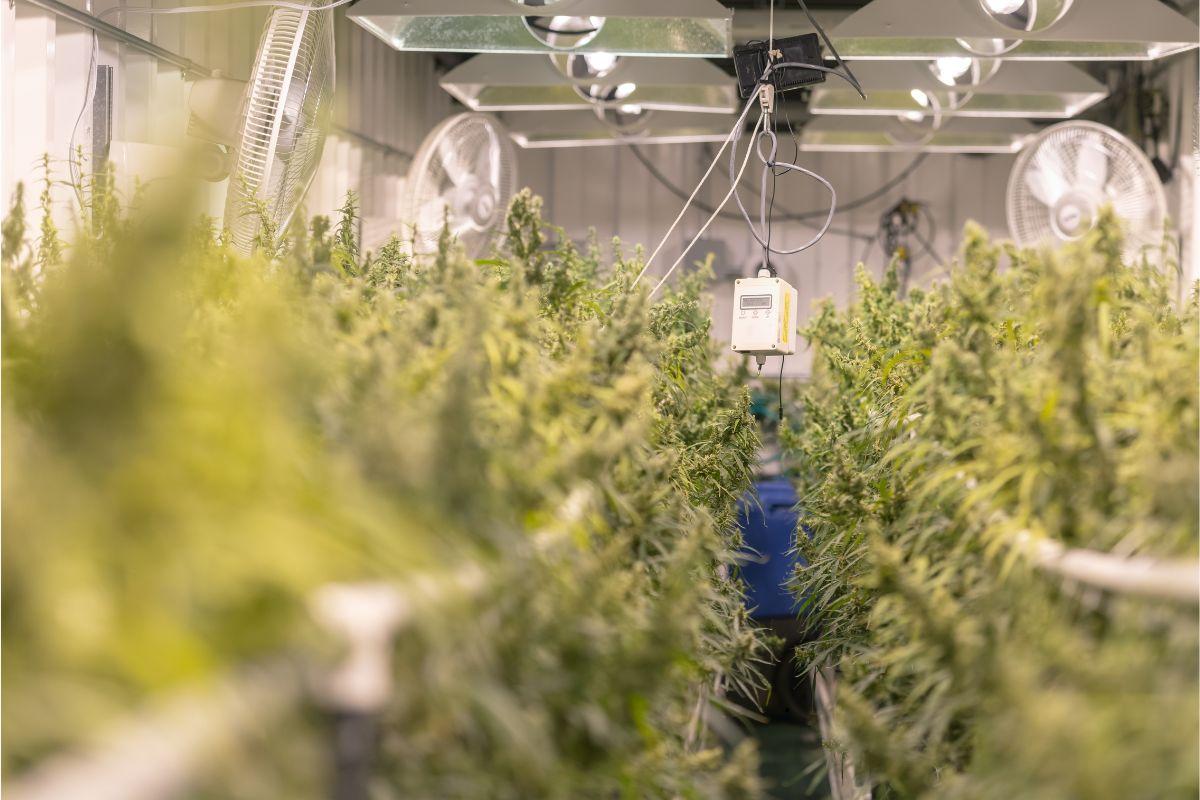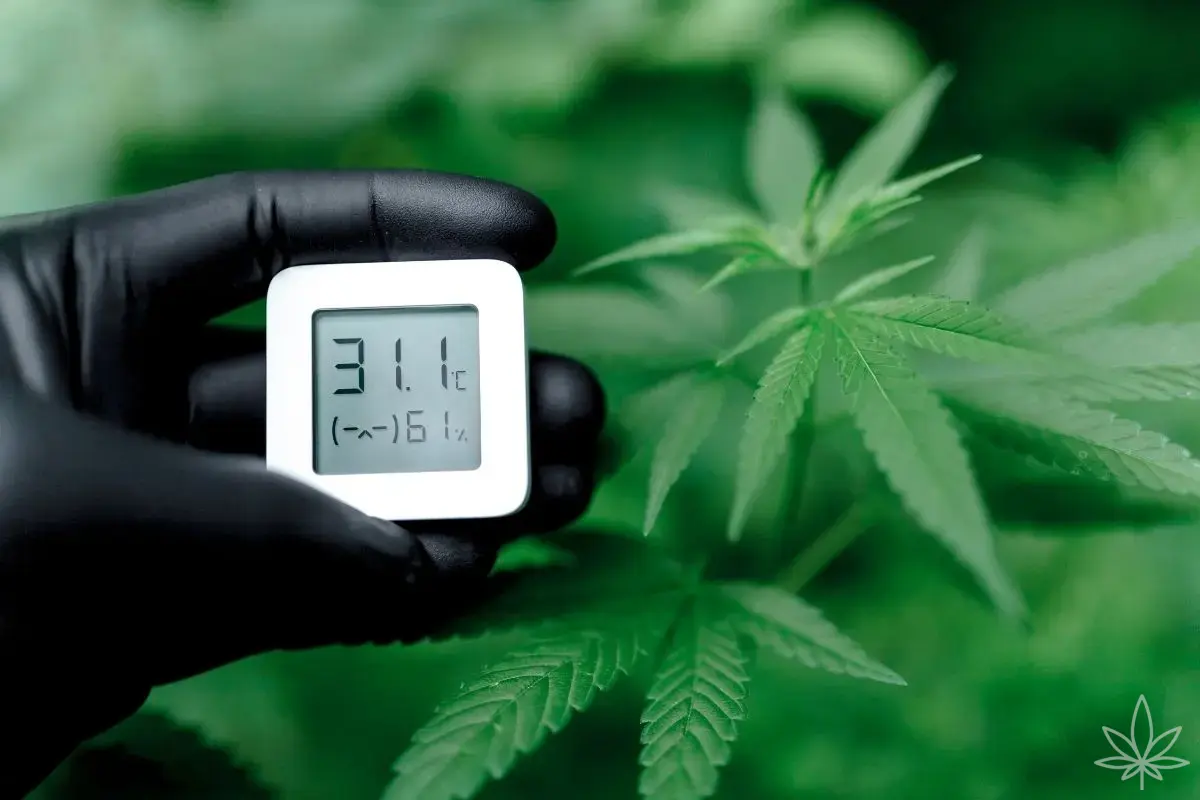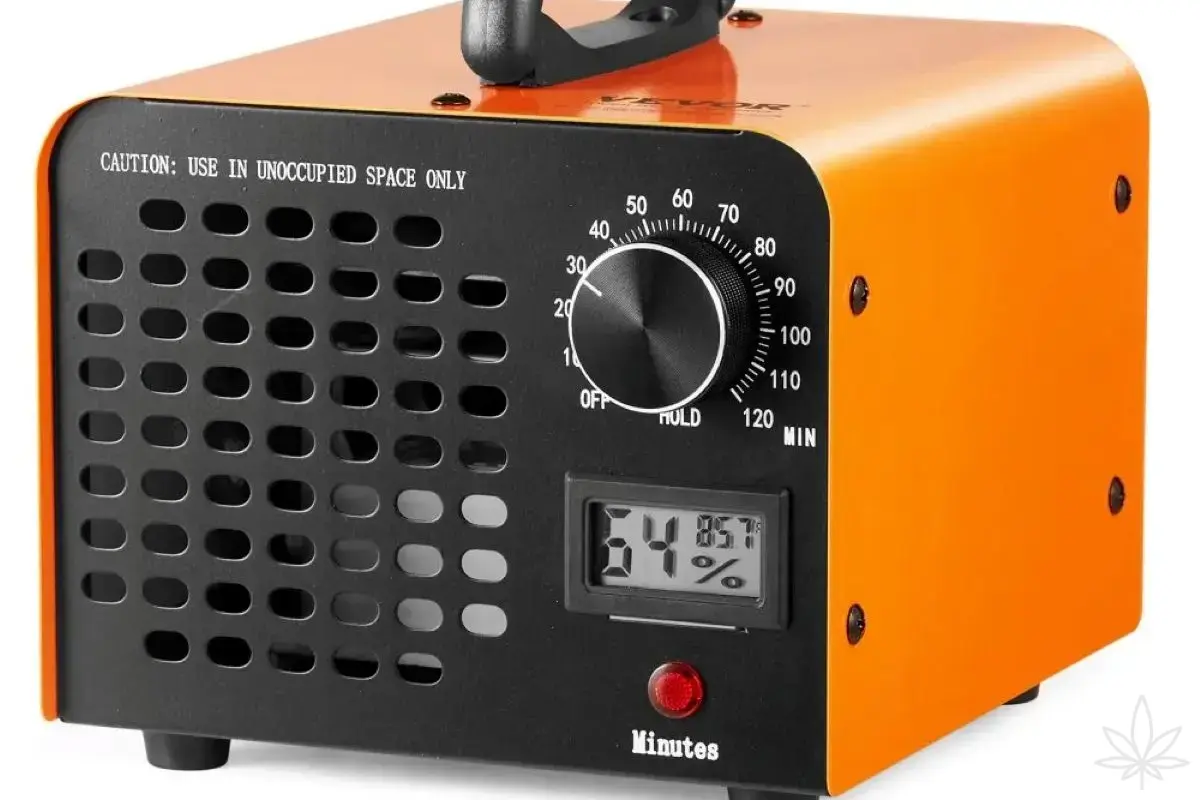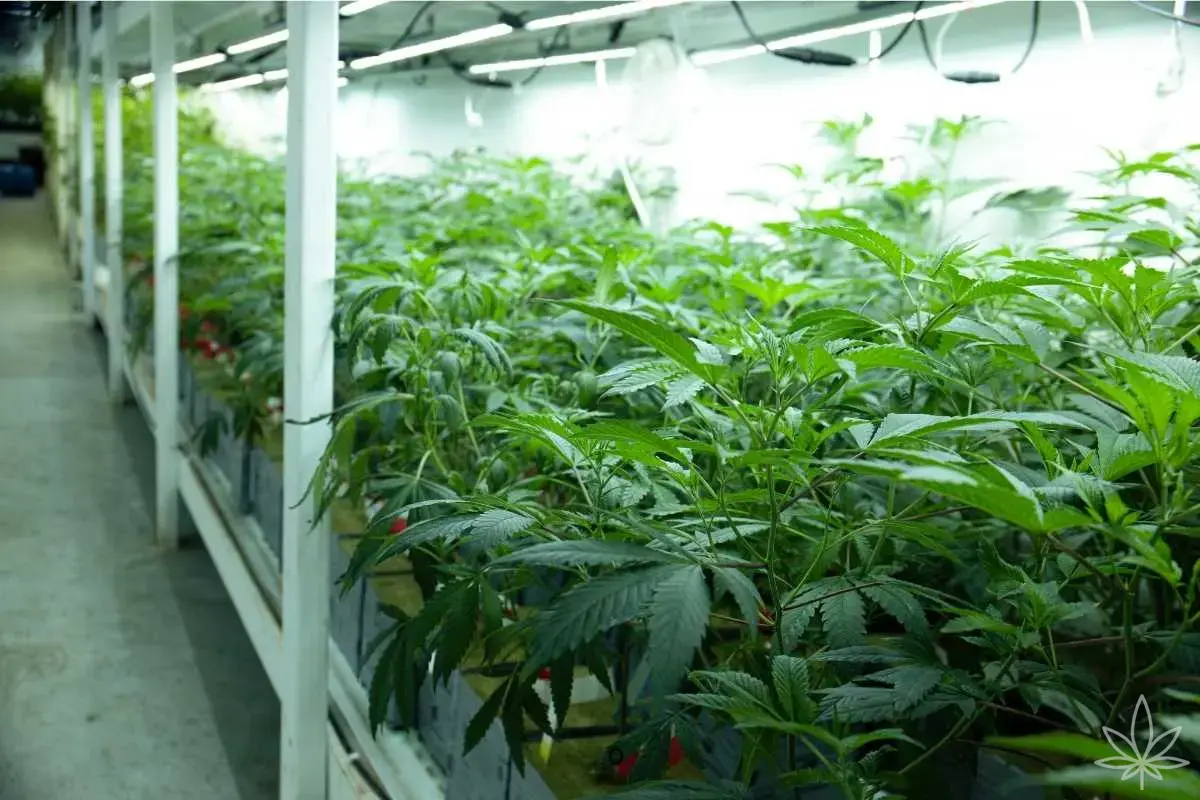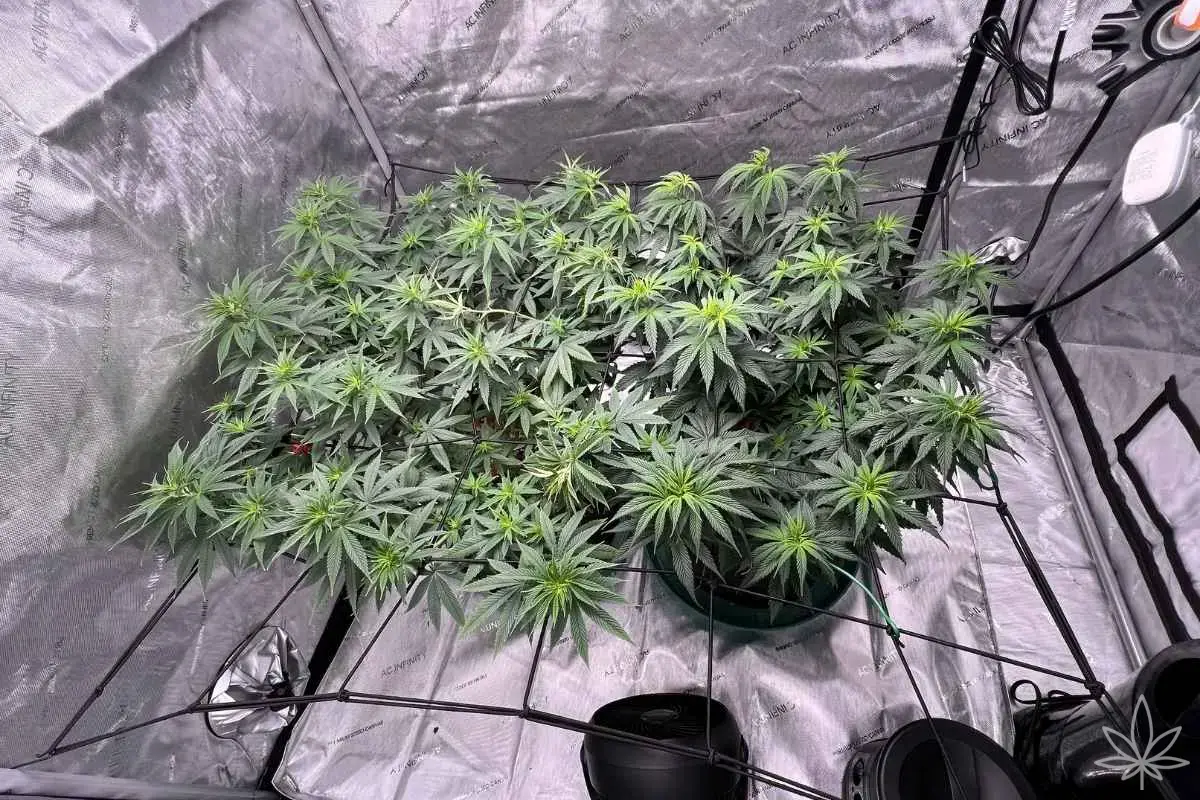Growing cannabis indoors requires more than just good lighting and nutrients—effective air exchange is absolutely crucial. Oxygen, CO₂, and humidity control determine plant health and growth rate. In practice, home growers choose between natural (passive) and mechanical ventilation. Which is better?
Natural Air Exchange: How it Works and Its Limitations
Principle:
Natural ventilation relies on differences in temperature and air pressure. Fresh air enters through an open window, vent, or other gaps, while stale air exits through higher-placed outlets.
Advantages:
Simple, free to operate, requires no power or electronics.
Very discreet (no noise from fans, etc.).
Disadvantages:
The air exchange is irregular and typically insufficient for growrooms.
Heavily dependent on outdoor conditions (wind, temperature), often inadequate with dense plantings.
No way to control airflow precisely—increased risk of mold, overheating, and CO₂ deficiency.
No odor filtration (no carbon filters on outlets).
Mechanical Ventilation: A Modern Approach to Air Exchange
How it works:
The system uses one or more fans to actively extract stale air and often brings in fresh air with intake fans, using carbon filters and automated controllers to regulate environmental parameters.
Advantages:
Constant air circulation, independent of weather.
Precise control over temperature, humidity, and CO₂.
Odor filtration possible—carbon filters nearly eliminate “odour leaks”.
Better growth (greater yields), reduced risk of disease and mold.
Disadvantages:
Requires electricity and ongoing running costs.
Noise (though this can be minimized with silencers).
Upfront investment in fans, ducts, filters, and controllers.
Practical Comparison
| Natural Air Exchange | Mechanical Ventilation | |
|---|---|---|
| Operating cost | Very low | Moderate (electricity, equipment) |
| Effectiveness | Low with dense plantings | High, works year-round |
| Odor control | None or minimal | High (carbon filters) |
| Mold risk | High | Minimal with correct use |
| Discreetness | High (no sound) | Fair/good |
| Installation difficulty | None | Requires setup and knowledge |
What’s the best choice?
For small, short-term grows—or where technical upgrades aren’t possible—simple passive ventilation can be used (but even then, a small circulation fan helps). Realistically, mechanical ventilation is the foundation of safe, efficient, and discreet indoor grows—only it guarantees healthy, vigorous plants without stalling, mold, bud rot, or unwanted odors.
When planning a home cannabis grow, investing in a decent ventilation system always pays off—in better harvests and peace of mind.

